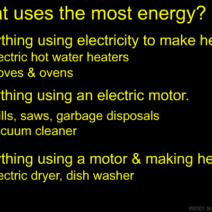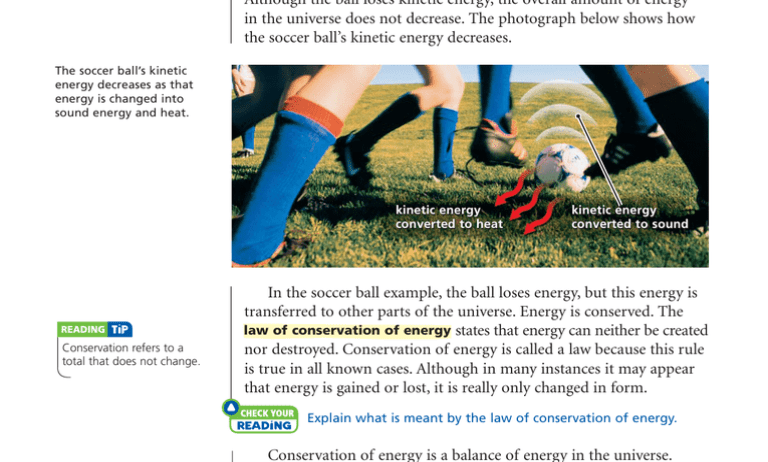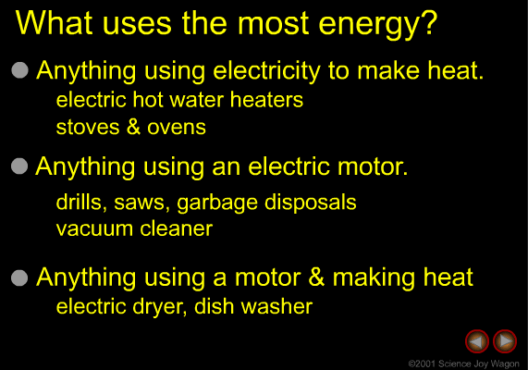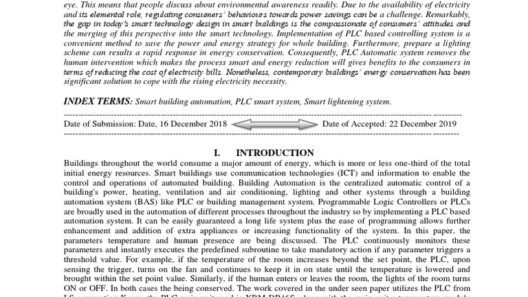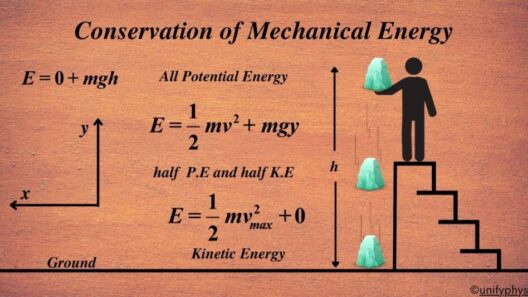In the realm of physics, the principle of conservation of energy stands as a cornerstone of understanding various phenomena. As waves oscillate through different mediums, their interference can result in intricate interactions that challenge our intuitive grasp of energy dynamics. This exploration delves into whether energy remains conserved when waves interact through constructive and destructive interference, both fundamental concepts that govern wave physics.
To appreciate the conservation of energy in wave interference, one must first grasp the essence of waves. Waves are disturbances that transfer energy through space. They can take various forms, including mechanical waves, such as sound waves, and electromagnetic waves, like light. Each wave carries a specific amount of energy that is contingent upon its amplitude, frequency, and wavelength. When two waves overlap, they influence each other and create new wave patterns, leading to intriguing outcomes. But does this complex interplay affect the overall energy in the system?
Consider two waves traveling in the same medium. When they intersect, they can combine in two notable ways: constructive and destructive interference. Constructive interference occurs when the crests of two waves align, resulting in a wave of greater amplitude. Conversely, destructive interference happens when the crest of one wave meets the trough of another, diminishing the resulting wave’s amplitude. At face value, it may appear that energy is lost during destructive interference, but is this truly the case?
The principle of conservation of energy asserts that energy cannot be created or destroyed; it can only change forms. This is particularly salient in wave interference. When two waves interfere destructively, the energy does not vanish; instead, it redistributes. In regions where the waves cancel, one might observe a reduction in wave amplitude, but the energy associated with those amplitudes is still present. It simply manifests differently. The overall energy of the wave system remains constant, reaffirming the conservation principle.
From a mathematical perspective, the energy carried by a wave is proportional to the square of its amplitude. Thus, when two waves interfere, the energy can be calculated by summing the energies of the individual waves. During constructive interference, the resultant amplitude increases, and therefore so does the energy. Here, the wave system seems to indicate that energy is amplified. Yet, during destructive interference, while the amplitude decreases, the energy is not lost; rather, it is redistributed throughout the medium. Hence, the total energy across the entire system remains unchanged.
One might ask, how does this concept translate to practical applications? The implications of understanding wave energy conservation extend far beyond theoretical physics. In telecommunications, for instance, the principles of wave interference are harnessed to optimize signal transmission. Engineers design systems that utilize constructive interference to amplify signals while minimizing the effects of destructive interference that can lead to data loss. By comprehending how energy dynamism operates in wave interactions, technological advancements can be achieved, enhancing efficiency and reliability.
Another fascinating realm where the conservation of energy plays a vital role is in natural systems. Take the ocean’s waves as a prime example. When waves break upon the shore, their energy is not simply lost to the void. Instead, it generates a complex interaction with the beach’s sediment, reshaping coastlines and creating ecosystems. Observing this phenomenon through the lens of energy conservation reveals that even in seemingly chaotic situations, energy rhythms sustain environmental balance and ecological health.
The conservation of energy in wave interactions takes on an even deeper significance when one considers quantum mechanics. In the quantum realm, particles behave like waves, exhibiting interference patterns that challenge traditional physics. The interplay of energies among quantum entities compels a rethinking of how energy conservation manifests at microscopic scales. This invites profound questions regarding the nature of reality itself, as the boundaries between particles and waves blur, evoking a sense of mystery and curiosity about the universe.
Nevertheless, questions remain. What happens to energy in systems where waves experience non-linear interactions? When waves propagate through media that exhibit variable impedance or are subject to external forces, fluctuations in energy distribution can occur, sometimes leading to phenomena like wave turbulence or shock waves. In these instances, one may inquire whether the conservation of energy principle still holds. It is essential to consider the system’s boundaries and conditions before arriving at conclusions regarding energy conservation.
Furthermore, the fundamental laws of thermodynamics play a role in this discourse. They indicate that while energy may be conserved within an isolated system, external factors and interactions with the environment can influence energy distributions. Thus, the conservation of energy in wave interference is contextual, relying on delving into complex systems’ dynamics and interactions.
In conclusion, the interaction of waves through constructive and destructive interference exemplifies the intricate dance of energy conservation. Even when it appears that energy may dissipate into nothingness, it is merely undergoing transformation and redistribution. This understanding not only informs scientific principles but also instills a deeper appreciation for the interconnectedness of energy within the natural world. As technology continues to evolve and our understanding of wave phenomena expands, the quintessential truth remains: energy is forever conserved, but its journey may be far more enigmatic than initially perceived.

